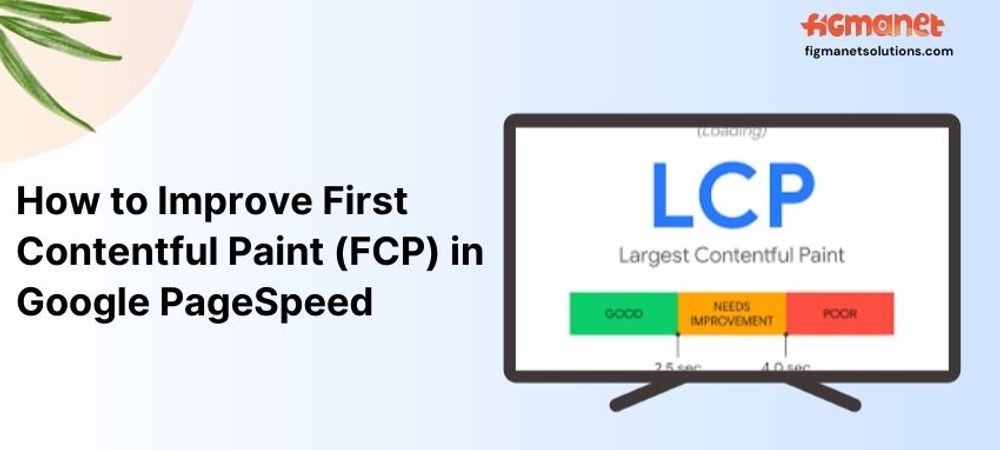How to Improve Largest Contentful Paint (LCP) in Google page speed
Posted By: Akanksha mall Published: 27, Mar 2025

Improving Largest Contentful Paint (LCP) is essential for optimizing user experience and ensuring fast loading times on your website. Here are several strategies to enhance LCP:
-
Optimize Images:
- Use modern formats like WebP to reduce image size without sacrificing quality.
- Compress images to minimize load times.
- Serve images at the correct size for different devices.
-
Minimize Critical CSS:
- Inline critical CSS needed for rendering above-the-fold content to speed up LCP.
- Remove unused CSS to streamline loading.
-
Improve Server Response Time:
- Optimize server performance through faster hosting solutions or upgraded resources.
- Use caching strategies to serve content more quickly.
-
Reduce JavaScript Blocking:
- Defer or asynchronously load non-critical JavaScript to prevent blocking of rendering.
- Minimize JavaScript file sizes.
-
Use a Content Delivery Network (CDN):
- Distribute content via a CDN to decrease loading times, especially for users located far from your server.
-
Preload Key Resources:
- Use
<link rel="preload">to ensure that crucial resources like images and CSS load promptly.
- Use
-
Enhance Font Loading:
- Use
font-display: swapto prevent delays in rendering text. - Limit the number of font variations loaded.
- Use
-
Implement Lazy Loading:
- Apply lazy loading for images and videos that aren’t visible on the initial screen, reducing initial load time.
-
Optimize Third-Party Scripts:
- Limit the number and size of third-party scripts, as they can slow down page loading.
-
Enable Browser Caching:
- Use caching rules to enable browsers to store static resources, speeding up subsequent visits.
-
Monitor Performance:
- Regularly assess your website’s LCP using tools like Google PageSpeed Insights or Lighthouse, and make adjustments based on the results.


 Guiding your business journey
Guiding your business journey